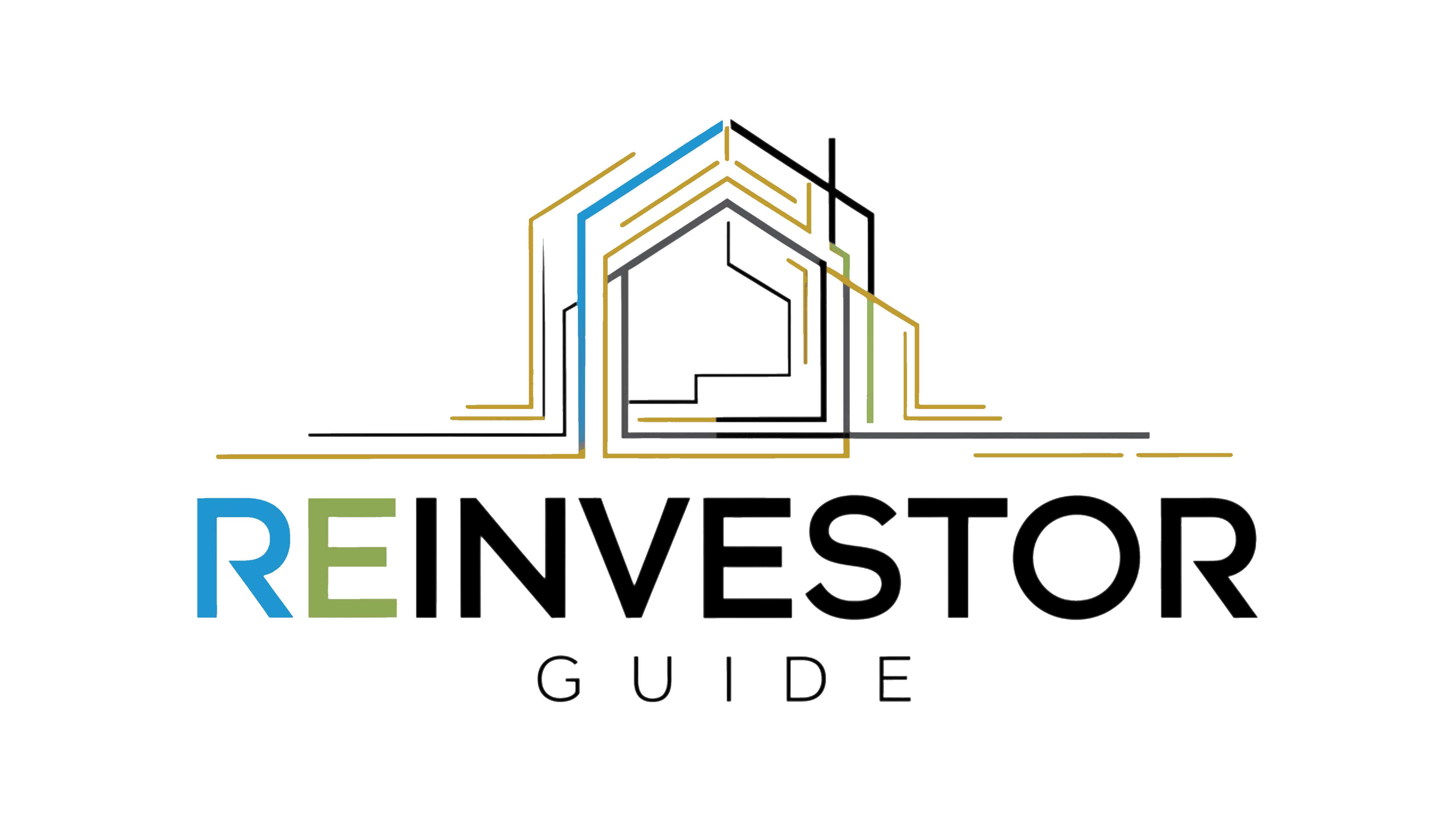Real estate investing doesn’t have to start with a massive down payment or 10 rental doors. With the right strategy, you can live for free, build equity, and generate cash flow—all from your first property.
That’s the power of house hacking.
If you’re a new investor with limited funds but big goals, this beginner-friendly strategy is one of the fastest ways to get in the game. In this guide, we’ll break down what house hacking is, how it works, and how to get started with low or no money down.
What Is House Hacking?
House hacking is a real estate strategy where you buy a property, live in part of it, and rent out the other part(s) to cover your mortgage and expenses.
Common house hacking setups:
- Buy a duplex, live in one unit, rent the other
- Purchase a triplex or fourplex and rent the additional units
- Rent out spare bedrooms in a single-family home
- Use Airbnb or mid-term rental platforms for additional income
- Build or convert a garage or ADU (Accessory Dwelling Unit)
The goal is to offset (or eliminate) your housing cost while building long-term wealth.
Why House Hacking Is Perfect for First-Time Investors
- Low barrier to entry (owner-occupied loans = lower down payments)
- Use FHA, VA, or conventional 3–5% down loans
- Build equity while others pay your mortgage
- Gain real landlord experience with less risk
- Ideal stepping stone to scaling your portfolio
House hacking is often the first step toward full-time real estate investing or BRRRR-style growth.
How to Start House Hacking with Little Money
✅ Step 1: Choose the Right Property Type
The most common house hack types are:
- Duplex, triplex, or fourplex – More units = more income
- Single-family with basement or extra rooms – Good for bedroom rentals
- Live-in flip – Rehab the home while living in it, then rent or sell later
- ADU or garage conversion – Great for house hackers in suburban areas
Look for properties in high-demand rental areas, close to jobs, transit, or colleges.
✅ Step 2: Use Owner-Occupied Financing
As a house hacker, you qualify for loans that regular investors can’t:
| Loan Type | Min. Down | Notes |
| FHA | 3.5% | Up to 4 units; allows low credit scores |
| Conventional | 3–5% | Strong credit required; good long-term option |
| VA | 0% | Only for eligible veterans; amazing terms |
| USDA | 0% | Rural areas only; income limits apply |
📌 Pro Tip: You must live in the property for at least 12 months to use these loan types.
✅ Step 3: Run the Numbers
Even if you’re living there, treat this like an investment. Calculate:
- Monthly mortgage payment (PITI)
- Expected rent from other units/rooms
- Vacancy and maintenance reserves
- Utilities (split or included?)
- Net monthly cost (aim for break-even or better)
Use a house hacking calculator to run different scenarios and determine your breakeven rent.
✅ Step 4: Set Up Your Living + Rental Plan
Decide how you’ll live and rent:
- Bedroom rental – Best for SFHs and students
- Unit rental – Ideal for duplexes and up
- Short-term rental – Airbnb rooms or basement (check local STR laws)
- Mid-term rental – Furnished rooms for traveling nurses, interns, or remote workers
Clear boundaries, lease agreements, and rules = smooth tenant relations.
✅ Step 5: Manage Like a Business
Just because you live on-site doesn’t mean it’s not a real investment.
- Use a written lease (even with roommates)
- Collect rent online
- Keep rental and personal finances separate
- Document repairs and expenses for tax deductions
- Create house rules to maintain privacy and structure
House hackers often wear multiple hats—landlord, tenant, roommate—but it’s your property and investment first.
How Much Can You Make?
Here’s a simple example:
- Purchase: $350,000 duplex (FHA loan, 3.5% down)
- Mortgage (PITI): $2,300/month
- Rent other unit: $1,800/month
- Net housing cost: $500/month → much lower than local rent
- Annual equity gain + principal paydown: $6,000–10,000+
- Optional: Airbnb one bedroom in your unit = $600+/month more
In some cases, you’ll live for free and still cash flow.
Pros and Cons of House Hacking
✅ Pros
- Live for free or reduce housing costs
- Build equity while others pay your mortgage
- Low down payment financing
- Easy entry into real estate investing
- Gain property management experience
❌ Cons
- Must live on-site for 12+ months
- Limited privacy
- Zoning and local rules vary
- Must screen tenants carefully (especially roommates)
Final Thoughts
House hacking is one of the best ways to get started in real estate with little money. It’s beginner-friendly, scalable, and financially powerful.
You’ll learn the ropes of being a landlord, reduce your living expenses, and build long-term equity—all with one smart move.
It’s not just a strategy—it’s a launchpad for your portfolio.



